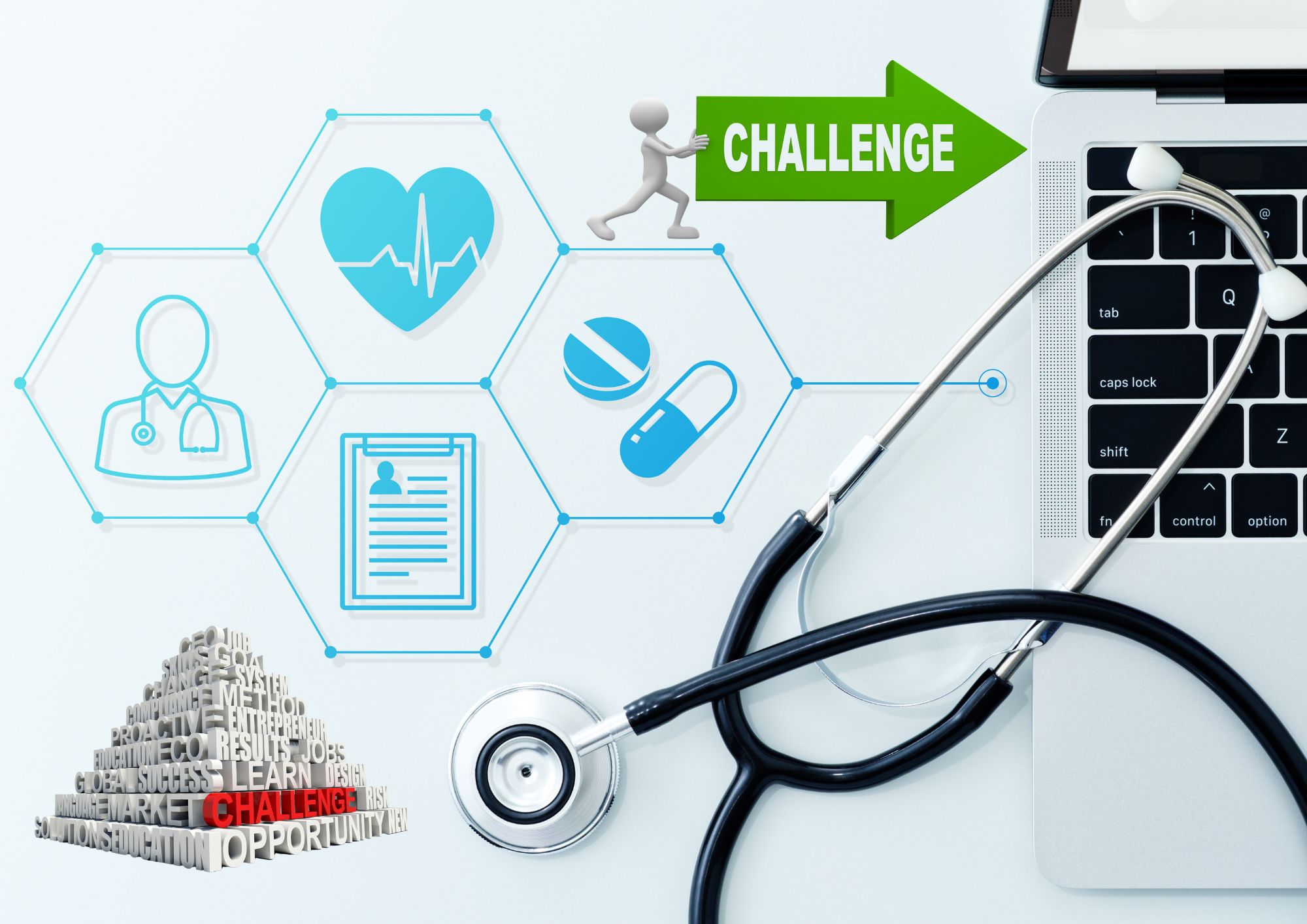Machine learning (ML) has the potential to revolutionize healthcare, improving medical diagnosis and patient care.
However, there are significant challenges to overcome, including data privacy, electronic health records (EHR), and algorithmic biases.
In this comprehensive guide, we will explore these challenges and offer possible solutions, supported by facts, figures, and real-life examples. 😃
Section 1: Data Privacy in Machine Learning Healthcare
One of the most significant challenges faced by machine learning healthcare solutions is ensuring data privacy.
The handling of sensitive patient information requires strict adherence to regulations, such as the Health Insurance Portability and Accountability Act (HIPAA) in the US.
1.1 De-identification of Data
A common method for addressing privacy concerns is de-identification of data.
By stripping personally identifiable information (PII) from the dataset, patient privacy can be maintained while still allowing for ML algorithms to learn from the data.
One example is the National Institutes of Health’s National Library of Medicine (NIH-NLM), which released a dataset of 200,000 chest X-ray images without PII, allowing researchers to develop ML models for diagnosing pneumonia.
1.2 Differential Privacy
Differential privacy is a mathematical technique that adds noise to datasets, ensuring that individual records cannot be identified.
This method has been used in several ML healthcare projects, such as the OpenMined project, which allows researchers to train models on encrypted data, protecting patient privacy while still providing valuable insights.
Section 2: Improving Medical Diagnosis with Machine Learning
Machine learning algorithms have shown promise in improving medical diagnosis by analyzing complex medical images, detecting patterns, and identifying diseases more accurately than human experts.
2.1 Deep Learning for Medical Imaging
Deep learning, a subset of ML, is particularly suited for image analysis tasks.
For example, Google’s DeepMind developed an AI system that can detect diabetic retinopathy and macular degeneration from retinal scans with an accuracy of 94.5%, surpassing human experts.
import tensorflow as tf
from tensorflow.keras.applications import ResNet50
# Load pre-trained ResNet50 model
model = ResNet50(weights='imagenet')
# Predict disease from medical image
image = load_and_preprocess_image('example_scan.jpg')
predictions = model.predict(image)
2.2 Overcoming Data Imbalance
One challenge faced by ML models for medical diagnosis is data imbalance. This occurs when certain classes of data are underrepresented, which can lead to biased predictions.
To overcome this, techniques such as data augmentation, synthetic data generation, and oversampling can be used.
Section 3: Integrating Electronic Health Records
EHRs are digital records of patients’ medical histories, which can be invaluable for ML models in healthcare.
However, integrating EHRs can be challenging due to data heterogeneity and interoperability issues.
3.1 Standardizing Data Formats
To facilitate ML model training, healthcare providers can adopt standardized data formats, such as Fast Healthcare Interoperability Resources (FHIR) or Consolidated Clinical Document Architecture (C-CDA).
These formats enable seamless data exchange and interoperability between different healthcare systems.
3.2 Natural Language Processing for Unstructured Data
To extract valuable insights from unstructured EHR data, such as physician notes or patient histories, natural language processing (NLP) techniques can be employed. NLP algorithms can parse text, identify relevant information, and convert it into structured data that can be used by ML models.
from transformers import pipeline
# Load a pre-trained NLP model
nlp_model = pipeline('ner', model='dbmdz/bert-large-cased-finetuned-conll03-english')
# Extract medical entities from unstructured text
text = "The patient has a history of hypertension and type 2 diabetes."
entities = nlp_model(text)
# Process entities and convert to structured data
structured_data = process_entities(entities)
Section 4: Algorithmic Bias and Fairness in Machine Learning Healthcare
Algorithmic bias is a significant concern when implementing ML solutions in healthcare. Bias in training data can lead to unfair or discriminatory outcomes, potentially harming patient care.
4.1 Identifying and Addressing Bias
To ensure fairness in ML healthcare applications, it is crucial to identify and address potential biases in training data.
Techniques such as re-sampling, re-weighting, or using adversarial training can help mitigate biases and improve model fairness.
4.2 Evaluation Metrics for Fairness
To measure the fairness of ML models, evaluation metrics such as demographic parity, equalized odds, and the fairness-accuracy trade-off can be used.
These metrics can help healthcare providers understand the impact of their ML solutions on different demographic groups and guide improvements.
Final Thoughts
While there are several challenges to overcome in the implementation of machine learning in healthcare, innovative solutions and best practices can help address these issues.
By ensuring data privacy, improving medical diagnosis, integrating electronic health records, and addressing algorithmic bias, we can unlock the full potential of machine learning in healthcare, leading to improved patient outcomes and more efficient healthcare systems. 🚀
Thank you for reading our blog, we hope you found the information provided helpful and informative. We invite you to follow and share this blog with your colleagues and friends if you found it useful.
Share your thoughts and ideas in the comments below. To get in touch with us, please send an email to dataspaceconsulting@gmail.com or contactus@dataspacein.com.
You can also visit our website – DataspaceAI

